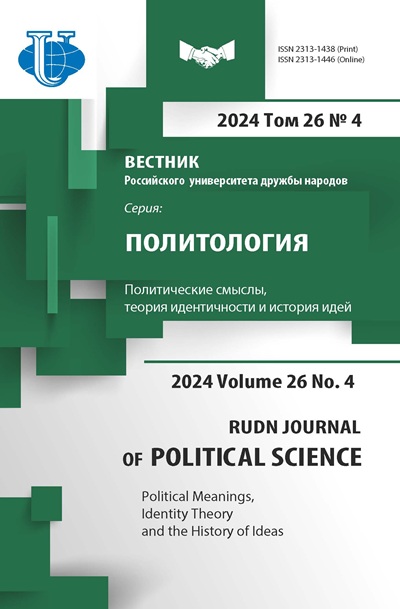Abstract
Sugiyama Shigemara (1864-1935) was known as one of the ideologues of domestic and foreign policy in the Meiji, Taisho and early Shōwa periods. It is known that he was one of the closest associates of the Asianist Toyama Mitsuru (1855-1944), who headed the right-wing radical political society Genyosha and was considered one of the most influential people in Japan in the late 19th and early 20th centuries. Like Toyama, Sugiyama was known as a “kuromaku” who never held political office as a “grey cardinal” or participant in “backstage games”. At the same time, Sugiyama was a political thinker who left behind a legacy of creativity and his own vision of Japan’s future development. One of the themes of his work was undoubtedly the “Russian question”. The aim of the study is to analyse Sugiyama’s legacy and to formulate his proposed version of the development of Russian-Japanese relations. Object is the socio-political doctrine of Sugiyama. Subject is the project of the Siberian Republic, outlined by the philosopher in the work “The Politics of Civil War”. As methods were used historical-politological and politicaltextological analysis. The research contains scientific novelty, as it reveals little-studied aspects and peculiarities of Japanese political thought of the end of XIX - beginning of XX century; it introduces into scientific turnover the texts, which have not been translated into Russian before.
















